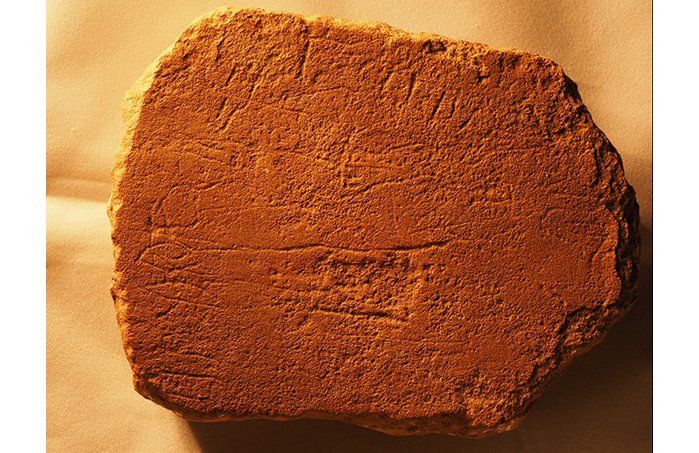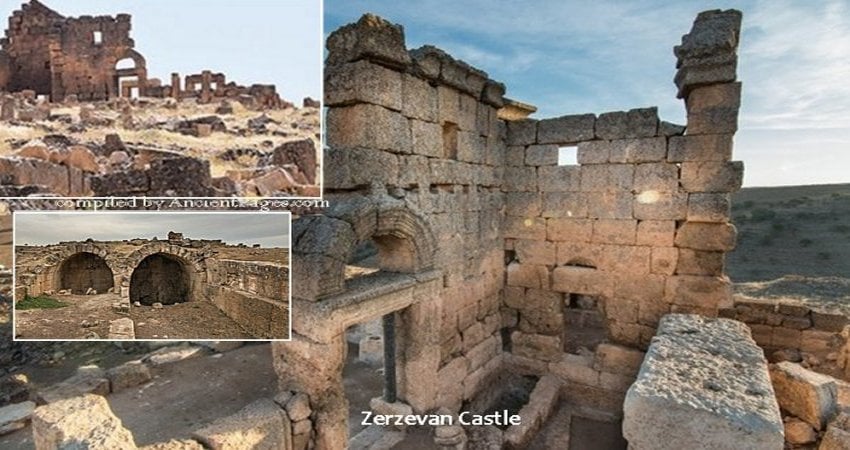World’s Earliest Alphabet Identified As Hebrew May Confirm Biblical Exodus
MessageToEagle.com – A controversial study suggests that the world’s earliest alphabet inscribed on stone slabs at several Egyptian sites was an early form of Hebrew and the ancient inscriptions may also confirm Biblical Exodus.
For 150 years, scientists have attempted to isolate the proper Semitic language of the elusive proto-consonantal script, universally recognized as the world’s oldest alphabet, but until now, these attempts have been largely unsuccessful, although the meaning of several Semitic words has been identified.
Is it possible this ancient puzzle has finally been solved?

It is not the first time scientists have suggested that the ancient Egyptian writing as Hebrew. In 1920, a German scholar made an attempt to identify many letters in the alphabet, but he failed and his theory was rejected by the scientific community.
Now, archaeologist and epigrapher Douglas Petrovich of Wilfrid Laurier University in Waterloo, Canada proposed on November 17, 2016 at the annual meeting of the American Schools of Oriental Research that Israelites living in Egypt simplified the complex hieroglyphic writing system of the Pharoahs into 22 alphabetic letters.
See also:
Unraveling Pharaohs’ True Knowledge Of Hieroglyphs – Could All Pharaohs Read And Write?
Precious Rosetta Stone Found By Napoleonic Expedition To Egypt – On July 15, 1799
Unique Ancient Find: Large Fragment Of Egyptian Statue With Hieroglyphic Script
“There is a connection between ancient Egyptian texts and preserved alphabets,” Petrovich said.
Petrovich noticed a strong connection in 2012 when he found the word “Hebrews” in a text from 1874 B.C. that includes the earliest known alphabetic letter at the Egyptian Museum in Cairo. Traditional Jewish texts attribute the Israelites’ sojourn in Egypt from 1876 B.C. to 1442 B.C.

By mixing previous identifications of some letters in the ancient alphabet with his own identifications of disputed letters, Petrvich was able to identify the script as Hebrew. He then translated 18 Hebrew inscriptions from three Egyptian site of Egypt’s Middle Kingdom and New Kingdom eras.
Petrovich then found references to several Biblical figures, including, Moses, Jospeh, his wife Asenath and Joseph’s son Manasseh.

In his opinion, all of these inscriptions reflect grammatical conventions and orthographic forms that are perfectly in keeping with an early form of Biblical Hebrew.
One inscription, dated to 1834 B.C., translates as “Wine is more abundant than the daylight, than the baker, than a nobleman.”
Petrovich thinks this statement means there was plenty to drink, but little to eat.
Petrovich’s claims are controversial among Biblical scholars because, despite what’s recounted in the Old Testament many reject the idea that Israelites occupied the land of Egypt at the time.
Petrovich is currently writing a book in which he will present his research in detail.
MessageToEagle.com
Expand for references









